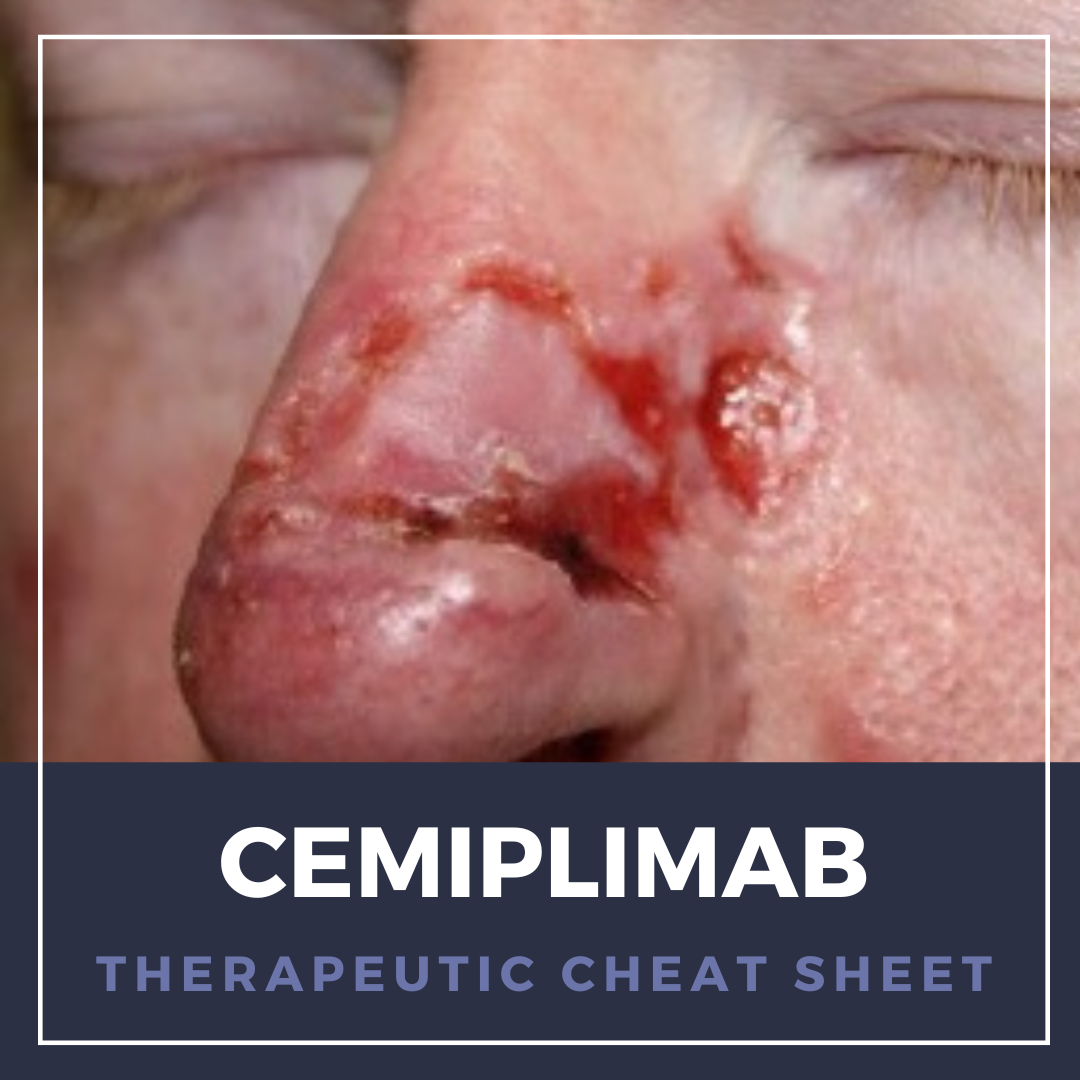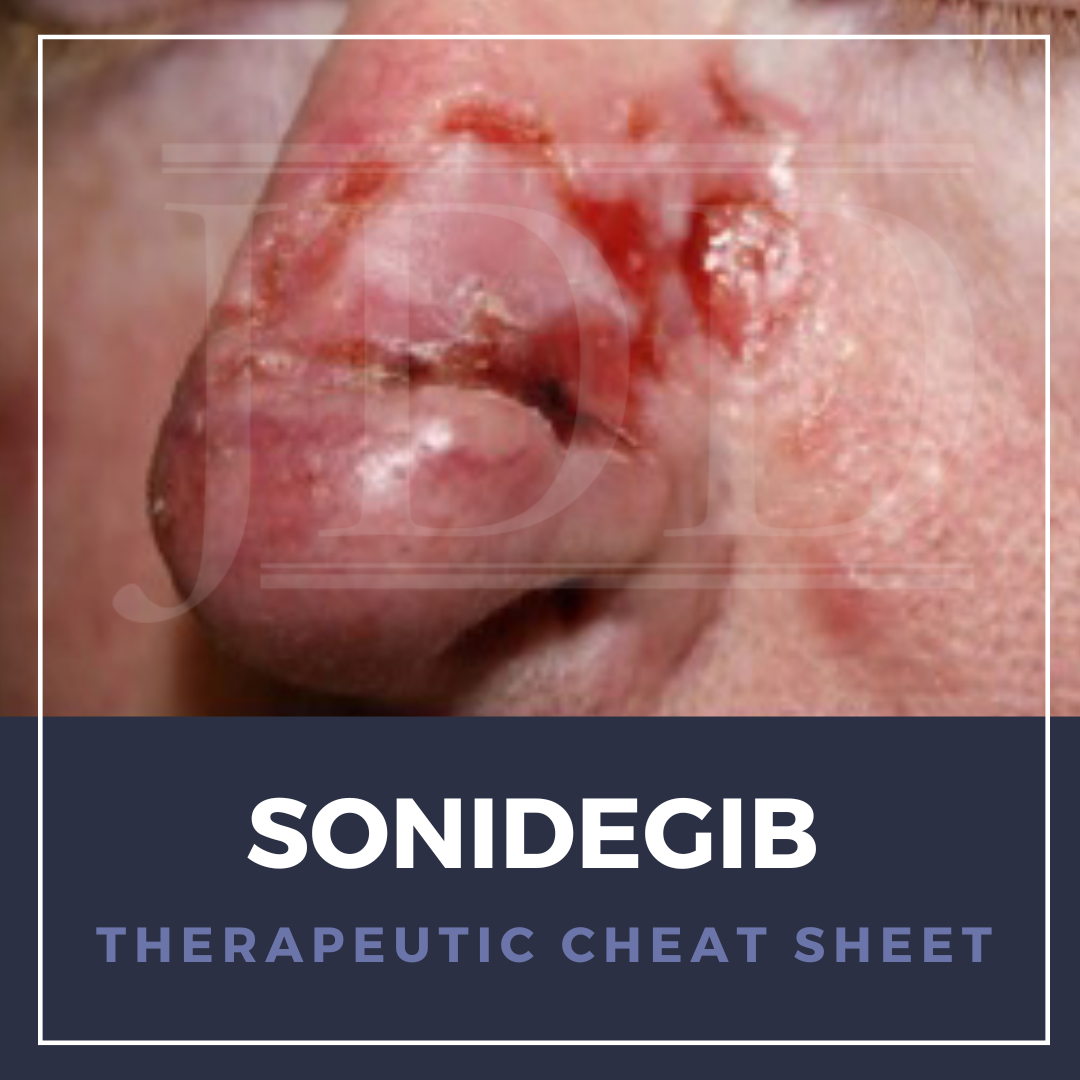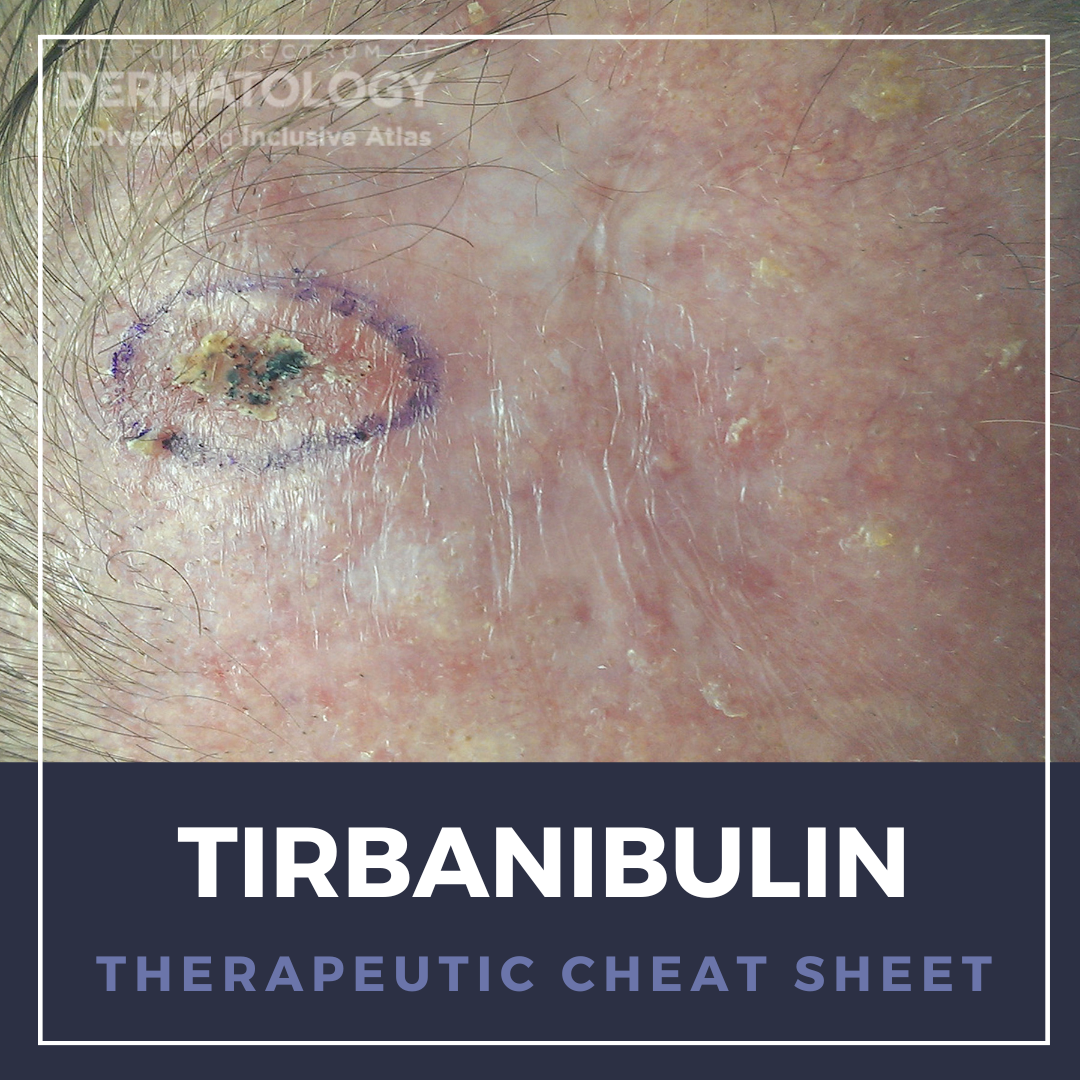JDD December Editor’s Picks: A Spotlight on Dermatology’s Latest Innovations
 As 2024 comes to a close, the Journal of Drugs in Dermatology delivers a stellar lineup of research, reviews, and insights to inform your practice and inspire your curiosity. This month's Editor's Picks feature cutting-edge studies and expert commentary on a range of topics, from advanced acne treatments to groundbreaking leadership initiatives in dermatology.
Laser and Energy Treatments for Ac …
As 2024 comes to a close, the Journal of Drugs in Dermatology delivers a stellar lineup of research, reviews, and insights to inform your practice and inspire your curiosity. This month's Editor's Picks feature cutting-edge studies and expert commentary on a range of topics, from advanced acne treatments to groundbreaking leadership initiatives in dermatology.
Laser and Energy Treatments for Ac …
 As 2024 comes to a close, the Journal of Drugs in Dermatology delivers a stellar lineup of research, reviews, and insights to inform your practice and inspire your curiosity. This month's Editor's Picks feature cutting-edge studies and expert commentary on a range of topics, from advanced acne treatments to groundbreaking leadership initiatives in dermatology.
Laser and Energy Treatments for Ac …
As 2024 comes to a close, the Journal of Drugs in Dermatology delivers a stellar lineup of research, reviews, and insights to inform your practice and inspire your curiosity. This month's Editor's Picks feature cutting-edge studies and expert commentary on a range of topics, from advanced acne treatments to groundbreaking leadership initiatives in dermatology.
Laser and Energy Treatments for Ac … Continue reading "JDD December Editor’s Picks: A Spotlight on Dermatology’s Latest Innovations"


 Cemiplimab is a monoclonal antibody therapy that has emerged as a promising treatment option for certain types of advanced skin cancer. Specifically designed to target the programmed cell death protein 1 (PD-1) pathway, cemiplimab works by blocking the interaction between PD-1 and its ligands, PD-L1 and PD-L2, thereby unleashing the body's immune system to recognize and attack cancer cells. We con …
Cemiplimab is a monoclonal antibody therapy that has emerged as a promising treatment option for certain types of advanced skin cancer. Specifically designed to target the programmed cell death protein 1 (PD-1) pathway, cemiplimab works by blocking the interaction between PD-1 and its ligands, PD-L1 and PD-L2, thereby unleashing the body's immune system to recognize and attack cancer cells. We con …  Don’t forget about intralesional therapy as a treatment option for cutaneous malignancies, including non-melanoma and melanoma skin cancers, says Dr. Vishal A. Patel, director of cutaneous oncology at the GW Cancer Center. Next Steps in Derm, in partnership with ODAC Dermatology, Aesthetic & Surgical Conference, interviewed Dr. Patel, who shared in which patients intralesional therapy may be …
Don’t forget about intralesional therapy as a treatment option for cutaneous malignancies, including non-melanoma and melanoma skin cancers, says Dr. Vishal A. Patel, director of cutaneous oncology at the GW Cancer Center. Next Steps in Derm, in partnership with ODAC Dermatology, Aesthetic & Surgical Conference, interviewed Dr. Patel, who shared in which patients intralesional therapy may be …  Basal cell carcinoma (BCC) is the most common human cancer. When curative surgery and radiotherapy are contraindicated, systemic agents targeting the hedgehog signaling pathway are invaluable options for this subset of adult patients with locally advanced BCC (laBCC). Vismodegib and sonidegib are oral options with similar efficacy and side effect profiles. With the absence of head-to-head comparis …
Basal cell carcinoma (BCC) is the most common human cancer. When curative surgery and radiotherapy are contraindicated, systemic agents targeting the hedgehog signaling pathway are invaluable options for this subset of adult patients with locally advanced BCC (laBCC). Vismodegib and sonidegib are oral options with similar efficacy and side effect profiles. With the absence of head-to-head comparis …  Current field-directed treatments of actinic keratosis (AK), a pre-malignant condition, are often limited by severe local reactions and/or complex treatment. Tirbanibulin, a novel potent anti-proliferative synthetic agent that inhibits tubulin polymerization and Src kinase signalling, offers a convenient, safe, and effective field treatment of actinic keratosis. We continue our surgical Therapeut …
Current field-directed treatments of actinic keratosis (AK), a pre-malignant condition, are often limited by severe local reactions and/or complex treatment. Tirbanibulin, a novel potent anti-proliferative synthetic agent that inhibits tubulin polymerization and Src kinase signalling, offers a convenient, safe, and effective field treatment of actinic keratosis. We continue our surgical Therapeut …